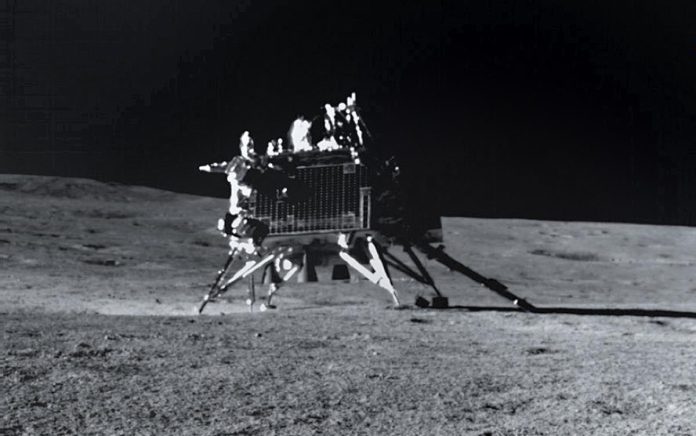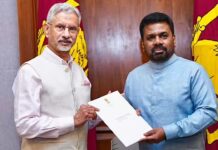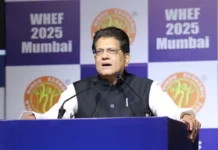NEW DELHI: In a fresh development that may fascinate science enthusiasts, the Vikram Lander, which is currently on the moon’s south pole, successfully underwent a hop experiment.
ISRO said that Vikram elevated itself by about 40 cm and landed safely at a distance of 30-40 cm away on Sunday.
“Vikram Lander exceeded its mission objectives. It successfully underwent a hop experiment. On command, it fired the engines, elevated itself by about 40 cm as expected and landed safely at a distance of 30 – 40 cm away,” ISRO wrote on X.
Explaining the importance of this event, ISRO said the ‘kick-start’ will enthuse future sample return and human missions on the moon.
“All systems performed nominally and are healthy,” ISRO said, adding that the ramp, and lander payloads — ChaSTE and ILSA — folded back and redeployed successfully after the hop experiment.
On August 23, India took a giant leap as the Chandrayaan-3 lander module successfully landed on the moon’s South Pole, making it the first country to have achieved the historic feat and bringing to an end the disappointment over the crash landing of the Chandrayaan-2, four years ago. Overall, India became the fourth country – after the US, China, and Russia – to have successfully landed on the moon’s surface.
After having landed, the Vikram Lander and the Pragyan rover performed different set tasks on the lunar surface, including finding the presence of sulphur and recording relative temperature. Upon landing, the lander and the rover were to operate for one lunar day. One day on the Moon is equal to 14 days on Earth.
On Saturday, ISRO said the Pragyan rover completed its assignments and is now safely parked and set into “sleep” mode.
“Currently, the battery is fully charged. The solar panel is oriented to receive the light at the next sunrise expected on September 22, 2023. The receiver is kept on. Hoping for a successful awakening for another set of assignments! Else, it will forever stay there as India’s lunar ambassador,” ISRO had said. (ANI)
Also Read: NASA’s Orion spacecraft returns to Earth after historic Moon mission







